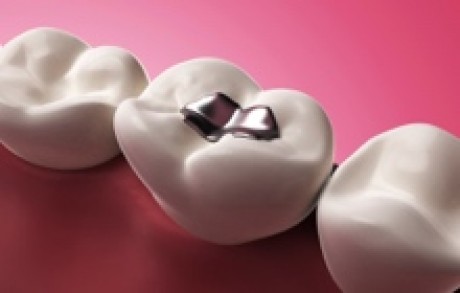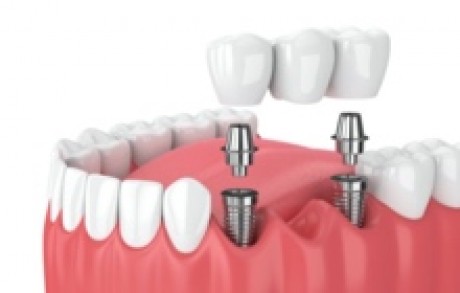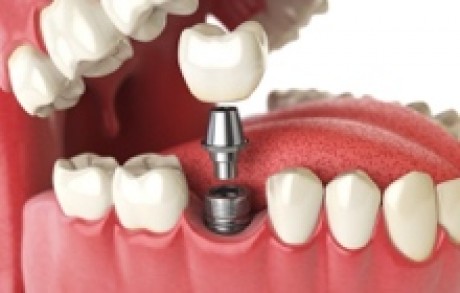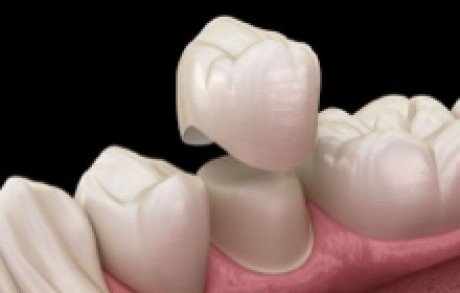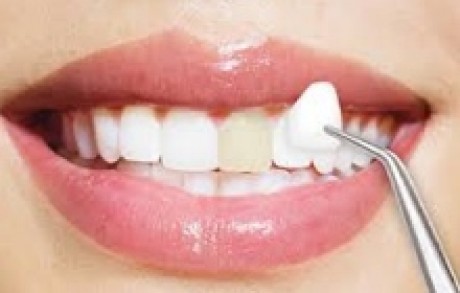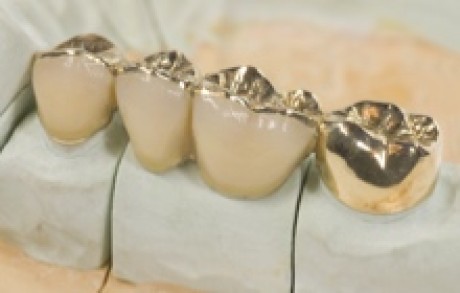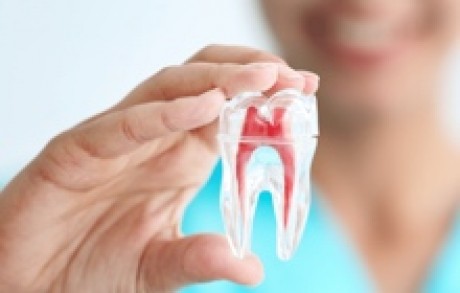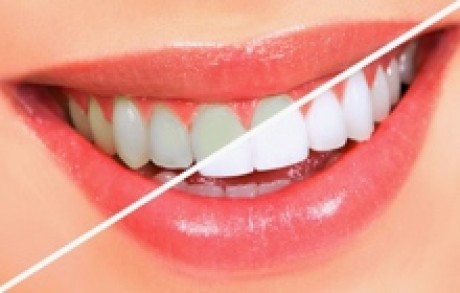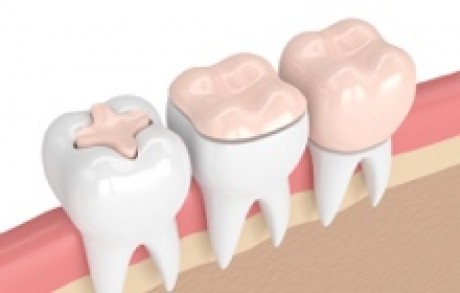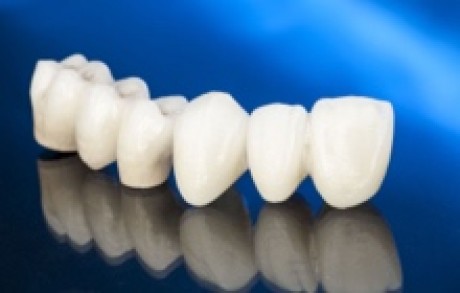Also white fillings, are more than just esthetically better adapted to the tooth, composite fillings have various advantages over metal fillings as composite fillings are environmentally friendly and non-toxic, because no mercury is used. Composite fillings are glued directly on the surface of the tooth and thereby shield the tooth from fracturing because they don’t entail abstraction of healthy tooth structure as with mercury fillings. General Definition: Dental composite fillings are dental restorative materials used to restore function, integrity & shape of the missing tooth structure. The structural deficit normally results from decay or external trauma. It’s also lost intentionally during tooth preparation to improve the esthetics or the physical integrity of the intended restorative material.
Overview
Composite fillings adhere directly to the surface of the tooth & protect the tooth from splitting as there is no need for the removal of healthy tooth structure unlike mercury fillings that require it.
Composite Fillings Procedures
Tooth preparation is normally necessary ahead of placing a dental restoration. This procedure involves cutting teeth generally with a dental drill to make room for the intended restoration, remove tooth decay & structurally unsound tooth. If permanent restoration can not be performed after the preparation, short-term restoration is done.
The types of synthetic resins used in dentistry as restorative or adhesive materials are dental composite resins. These were developed as composite fillings material as they were insoluble, esthetic and insensitive to dehydration and as they were very cost effective.
Composite resins, or tooth-colored fillings, provide good durability and resistance to fracture in small- to mid-size fillings that need to withstand moderate pressure from the constant stress of chewing. They can be used on either front or back teeth. They are a good choice for people who prefer that their fillings look more natural.
It generally takes longer to place a composite filling than it does for a metal filling. That’s because composite fillings require the tooth be kept clean and dry while the cavity is being filled. Tooth-colored fillings are now used more often than amalgam or gold fillings, probably due to cosmetics. In a society focused on a white, bright smile, people tend to want fillings that blend with the natural color of their teeth.



